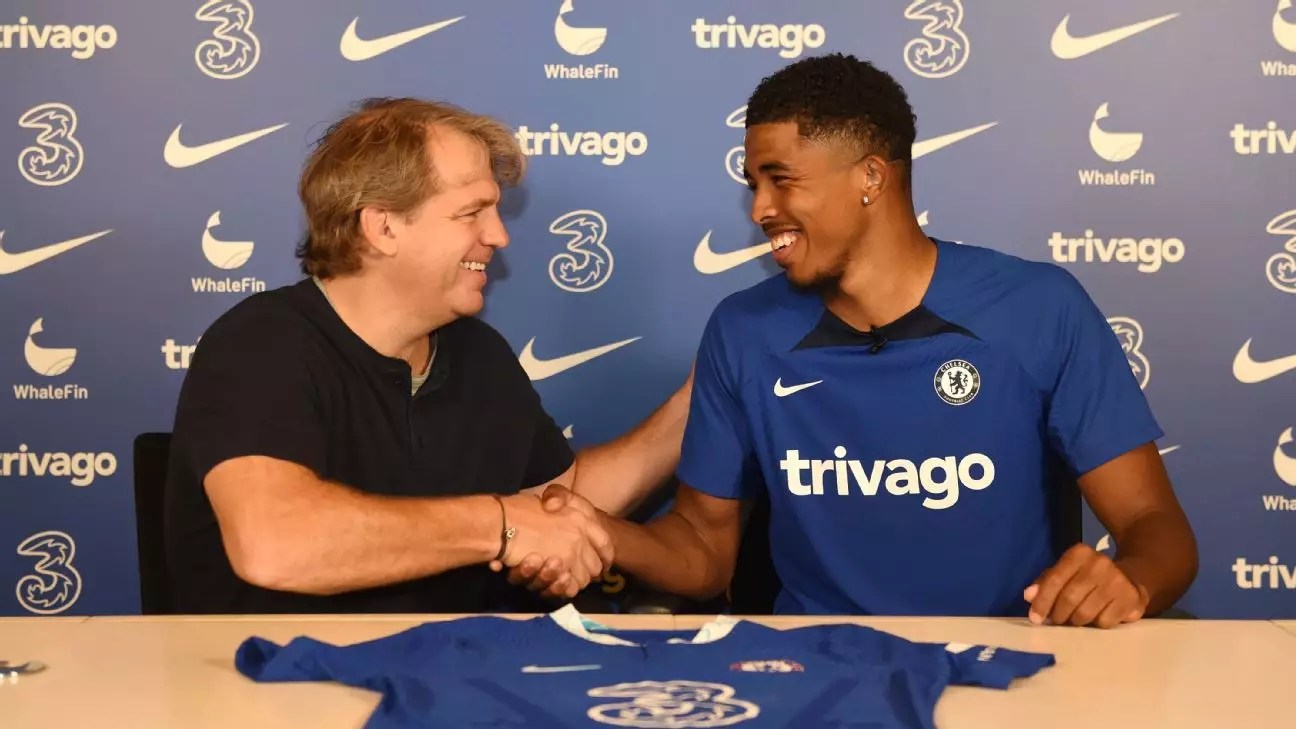When it comes to acquiring new players in the realm of soccer, the process is not as straightforward as in other sports like American football. There are various factors at play that can influence the success or failure of a transfer deal. Looking at the top 100 transfers in global soccer from the past four years can provide valuable insights into trends and patterns that may determine the outcome of such moves.
One of the critical factors in determining the success of a soccer transfer is the position of the player being acquired. Unlike in American football, where certain positions are considered premium and have a higher success rate, in soccer, the position doesn’t play as significant of a role. However, analyzing the top transfers reveals that central midfielders tend to be more successful than players in other positions. This could be attributed to the fact that midfielders have a higher involvement in the game, providing more opportunities for assessment and evaluation.
Another vital aspect to consider in soccer transfers is the age of the player. Younger players, especially those 21 and under, tend to see a higher increase in value after a transfer compared to older players. This indicates that investing in young talent can lead to a more successful transfer deal. Additionally, the fee paid for a player and their market value at the time of the deal play a crucial role in determining the success of the transfer. Overpaying for a player or acquiring them at a higher market value can result in a decrease in value after the deal.
Analyzing some of the successful transfers, such as Erling Haaland’s move to Manchester City, reveals that acquiring players before they reach their prime years can lead to significant success. Haaland’s low fee and exceptional performance have made him a standout player in the Premier League. Similarly, other successful transfers like Jude Bellingham and Nicolò Barella highlight the impact of acquiring young talent at the right time.
On the other hand, looking at some of the failed transfers, such as Casemiro’s move to Manchester United, sheds light on the repercussions of acquiring older players at a high fee. The market value of these players tends to decrease significantly after the transfer, indicating a poor return on investment. Overestimating the value of a player or their potential can lead to disastrous outcomes for clubs.
Understanding the factors that contribute to a successful soccer transfer can provide valuable insights for clubs looking to improve their recruitment strategies. By focusing on acquiring young talent, evaluating market value and fees diligently, and considering the player’s position on the field, clubs can increase their chances of a successful transfer deal. Learning from both successful and failed transfers can help clubs make more informed decisions in the future.
The world of soccer transfers is complex and multifaceted, with various factors influencing the outcome of a deal. By analyzing trends and patterns in successful and failed transfers, clubs can refine their recruitment strategies and make more intelligent decisions when acquiring new players. Effective player acquisition can have a profound impact on a team’s success on the field and its financial stability off the field.


Leave a Reply